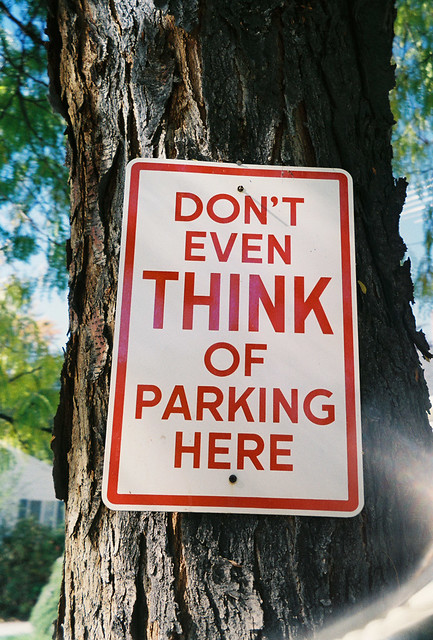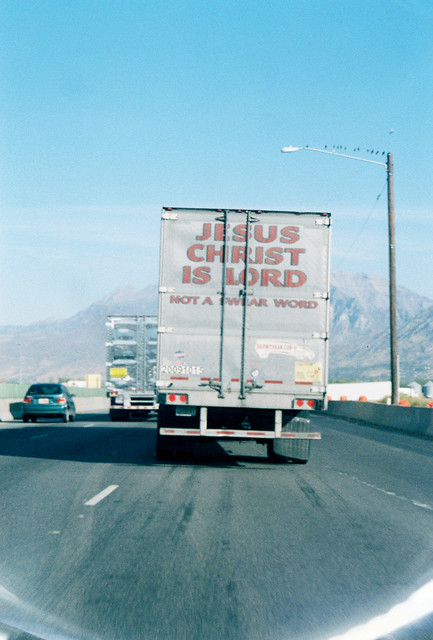As I've often said, I love Kodachrome. Kodak pulled the plug on it about 18 months ago, but today the last roll is being processed at Dwayne's Photo in Parsons, KA.

Kodachrome was not just another film. It was for about 50 years the principal way that the world was described in color. As one photographer recently put it, "Study any color photo book from this era. Almost invariably you'll see the Kodachrome æsthetic: rich warm tones and relatively subdued greens, with deep shadows as an artifact of the slight underexposure required to get decent color saturation. As long as you kept the highlights under control, you'd reliably get that nice palette: lovely blue skies, subtle cool greens, and burnished warm colors with impact out of proportion to their size in the frame. To me it sometimes seemed like looking at the world through a glass of Scotch. For folks my age, learning color photography meant learning to see the world like K64 did."


Kodachrome was not just another film. It was for about 50 years the principal way that the world was described in color. As one photographer recently put it, "Study any color photo book from this era. Almost invariably you'll see the Kodachrome æsthetic: rich warm tones and relatively subdued greens, with deep shadows as an artifact of the slight underexposure required to get decent color saturation. As long as you kept the highlights under control, you'd reliably get that nice palette: lovely blue skies, subtle cool greens, and burnished warm colors with impact out of proportion to their size in the frame. To me it sometimes seemed like looking at the world through a glass of Scotch. For folks my age, learning color photography meant learning to see the world like K64 did."
![Christmas Stocking [Payson 19/52]](http://farm6.static.flickr.com/5086/5301940315_13e0d79a3c_z.jpg)
![Bandstand [Payson 18/52]](http://farm6.static.flickr.com/5209/5265172129_674b5653db_z.jpg)
![Art Nouveau Tree [Payson 17/52]](http://farm6.static.flickr.com/5163/5246050694_633098a3af_z.jpg)
![Untitled [Payson 16/52]](http://farm5.static.flickr.com/4152/5220466374_9441c31507_z.jpg)
![Moon over Walgreens [Payson 15/52]](http://farm6.static.flickr.com/5048/5200190853_44ef7bcd30_z.jpg)

![Train Graffiti #2 [Payson 13/52]](http://farm2.static.flickr.com/1350/5152504457_bd06221ce8.jpg)
![Forgotten Shoes [Payson 3/52]](http://farm5.static.flickr.com/4082/4934469965_c3a7b03504.jpg)




![Ditch Witch [Payson 12/52]](http://farm2.static.flickr.com/1206/5133735955_1b45d5a95f.jpg)


![Train Graffiti #1 [Payson 11/52]](http://farm2.static.flickr.com/1185/5106881210_fa2a0bceab.jpg)

![Chamber of Commerce [Payson 10/52]](http://farm2.static.flickr.com/1326/5098330003_04d27d0837.jpg)

![Digger [Payson 9/52]](http://farm5.static.flickr.com/4126/5064870531_f8cb878502_z.jpg)


![Pipes [Payson 8/52]](http://farm5.static.flickr.com/4090/5043836902_6185c917c4_b.jpg)
![Please Do Not Feed [Payson 7/52]](http://farm5.static.flickr.com/4091/5026927465_528db2518a.jpg)